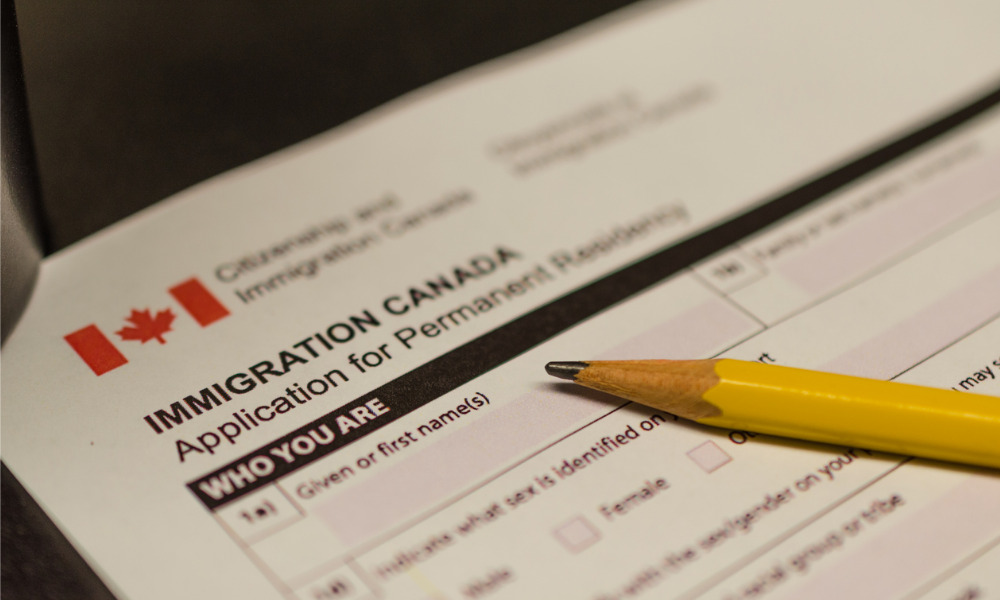Experts argue the current approach is doing more harm than good

The Liberal government’s immigration policy is facing tight scrutiny as leading economists argued that it is doing more harm than good to the Canadian economy.
Prime Minister Justin Trudeau’s decision to significantly boost immigration by welcoming a surge of temporary workers and international students has been touted as among the most accommodating cross-border policies globally.
But market observers contend that the policy lacks adequate support, and has instead led to an assortment of economic challenges like heightened inflation and weakened productivity.
In the year leading to October 1, Canada welcomed approximately 455,000 new permanent residents and admitted more than 800,000 non-permanent residents, including temporary workers, foreign students, and refugees. This was a significant factor in Canada’s population growth rate reaching 3.2%, outpacing the pace seen in other Group of Seven nations.
Stéfane Marion, chief economist at National Bank of Canada, offered a less-than-glowing assessment of the policy and its effects.
“I’ll put it bluntly: We’ve fallen into the population trap,” Marion told Bloomberg, adding that increasing the standard of living in this environment is no longer possible because “you don’t have enough savings to stabilize your capital to labour ratio.”
“I don’t see a world in which we lower it, the need is too great,” said Marc Miller, Immigration Minister.https://t.co/wGBkg8hpIf#mortgagenews #mortgageindustry #immigration #housingshortage
— Canadian Mortgage Professional Magazine (@CMPmagazine) August 7, 2023
Beata Caranci, chief economist at Toronto-Dominion Bank, said that the government essentially mismanaged the policy, as unlike other nations like the US, Canada was facing no uncontrolled surge of migrants across its borders.
“We designed our own policy, we put it in place, we implemented it, and we still screwed it up,” Caranci said.
Avery Shenfeld, chief economist at CIBC Capital Markets, said that the government should act with haste when it comes to managing newcomer volume, to ensure that it aligns with Canada’s pace of home building.
“The numbers just don’t add up,” Shenfeld said. “I’m a bit surprised that the government is moving fairly slowly on this. I think there’s some urgency to bring these numbers of students and temporary workers into better balance with the arithmetic of our home building strategy, because the two are working at cross-purposes.”



